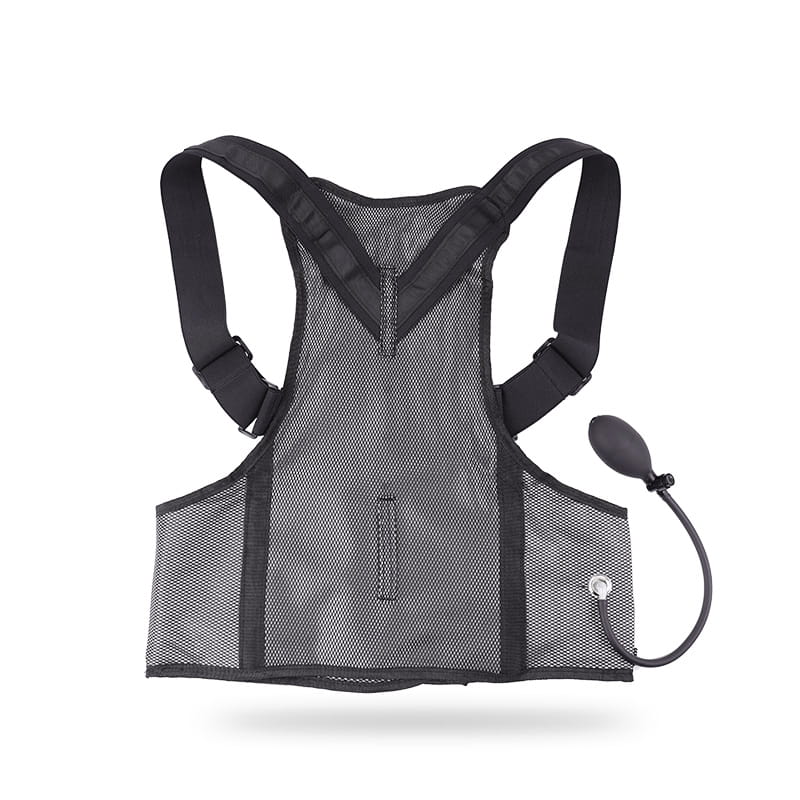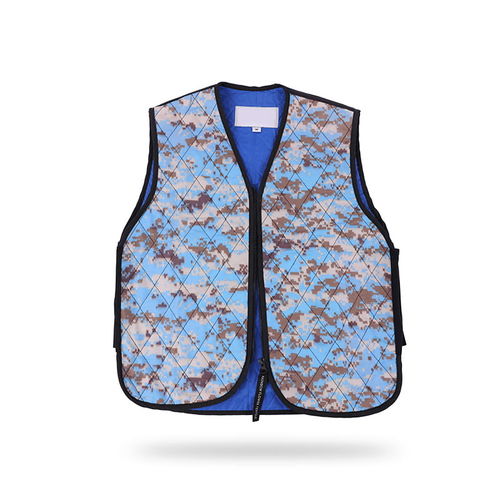Identify Your Activity
Different activities demand specific features in a safety inflatable vest. Consider the following scenarios:
Boating and Sailing : If you spend long hours on a boat, prioritize comfort and ease of use. Look for vests with adjustable straps and breathable fabrics to prevent chafing.
Kayaking and Canoeing : These activities require flexibility and minimal interference with paddling motions. Opt for low-profile vests that won’t get in the way.
Fishing : Anglers need vests with ample attachment points for tools and gear. Additionally, waterproof pockets can keep essentials safe and dry.
Swimming and Snorkeling : For swimmers, choose vests with minimal bulk and quick-release mechanisms for emergencies.
Understanding your primary activity will narrow down your choices and ensure you select a product tailored to your needs.
Check Certification Standards
Not all inflatable vests meet the same safety criteria. Before purchasing, verify that the vest complies with recognized standards such as:
USCG (United States Coast Guard) : Type V inflatable vests are approved for various water activities.
ISO (International Organization for Standardization) : ISO-certified vests adhere to global safety benchmarks.
CE Marking : Common in Europe, this certification indicates compliance with health, safety, and environmental regulations.
Certified vests undergo rigorous testing to ensure performance under extreme conditions, giving you confidence in their reliability.
Step 3: Evaluate Inflation Mechanisms
Inflatable vests come with two main types of inflation systems:
Manual Inflation : Requires the user to pull a cord to activate the CO₂ cartridge. This method is simple and cost-effective but relies on the wearer’s ability to act promptly in an emergency.
Automatic Inflation : Activates upon contact with water through hydrostatic sensors. While more expensive, this feature provides hands-free operation, which is invaluable in sudden accidents.
Some vests combine both manual and automatic inflation for added versatility. Decide which mechanism aligns best with your preferences and skill level.

Step 4: Assess Fit and Comfort
A poorly fitting vest can hinder performance and compromise safety. Look for the following features:
Adjustable Straps : Ensure a snug fit across different body sizes.
Lightweight Materials : Nylon and neoprene blends offer durability without adding unnecessary weight.
Ventilation : Mesh panels or perforated fabrics enhance airflow, reducing heat buildup during extended use.
Step 5: Consider Additional Features
Modern inflatable vests often incorporate extra functionalities to boost safety and convenience:
Reflective Elements : Improve visibility in low-light conditions, essential for nighttime excursions.
Whistle : Provides a built-in signaling device for emergencies.
Attachment Points : Useful for securing gear or accessories.
Dual Chambers : Offer redundant buoyancy in case one chamber malfunctions.
While these features may increase the price, they contribute significantly to overall safety and usability.

 English
English 简体中文
简体中文







 3rd Floor, East Gate, No. 2599 Park Road, Sheng Ze Town, Wu Jiang District, Suzhou City, Jiangsu Province
3rd Floor, East Gate, No. 2599 Park Road, Sheng Ze Town, Wu Jiang District, Suzhou City, Jiangsu Province  +86- 0512-63519080
+86- 0512-63519080
 +86-13584404311
+86-13584404311  FQsales1@163.com
FQsales1@163.com